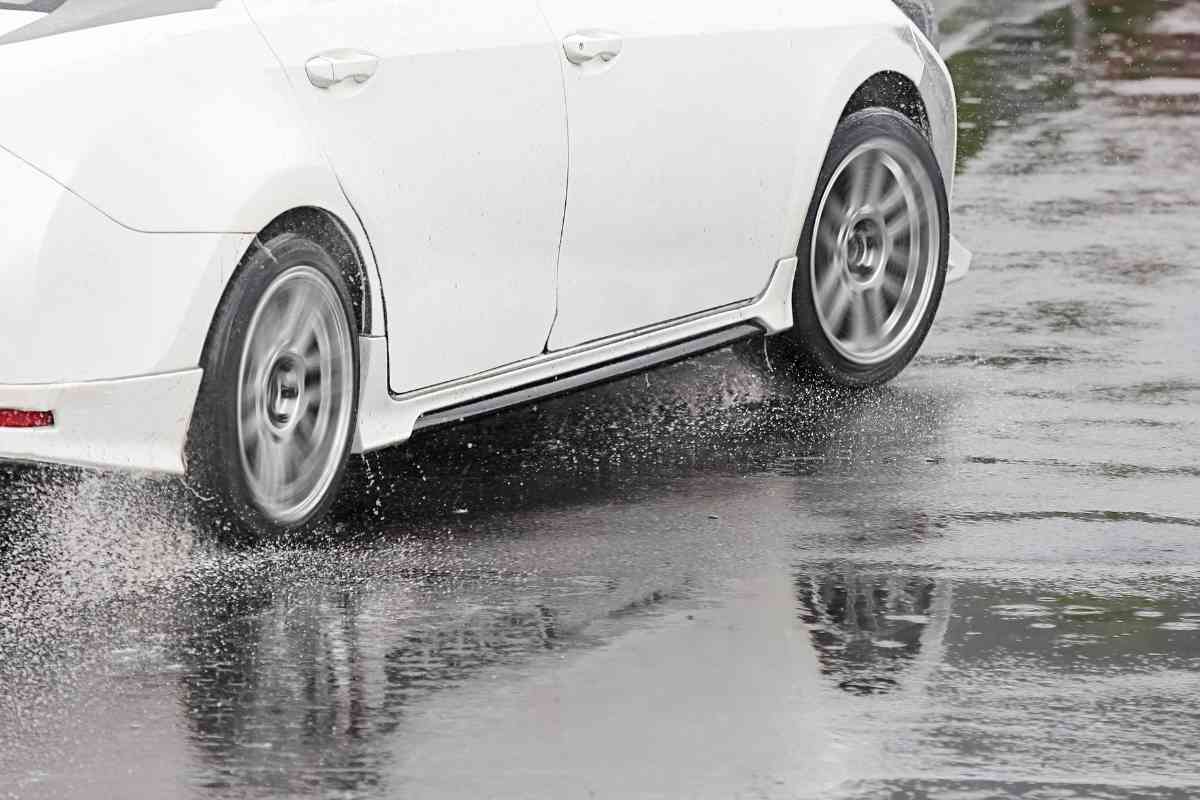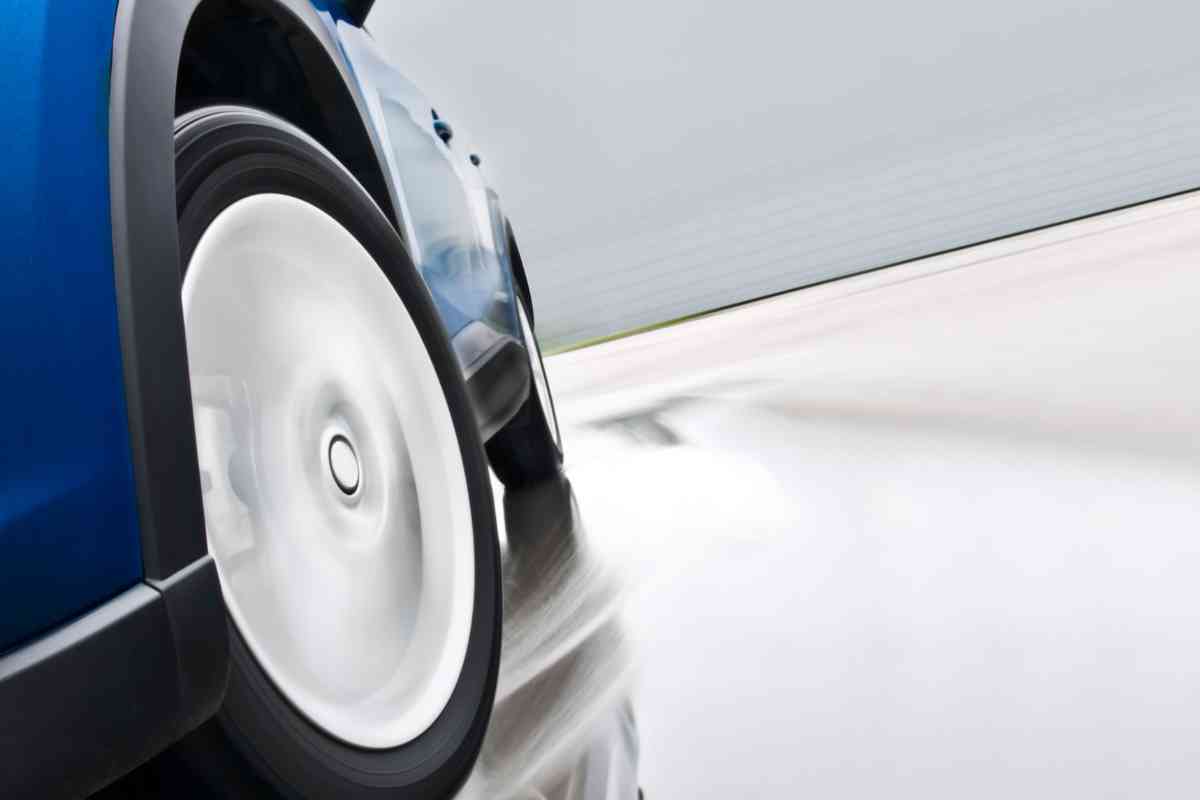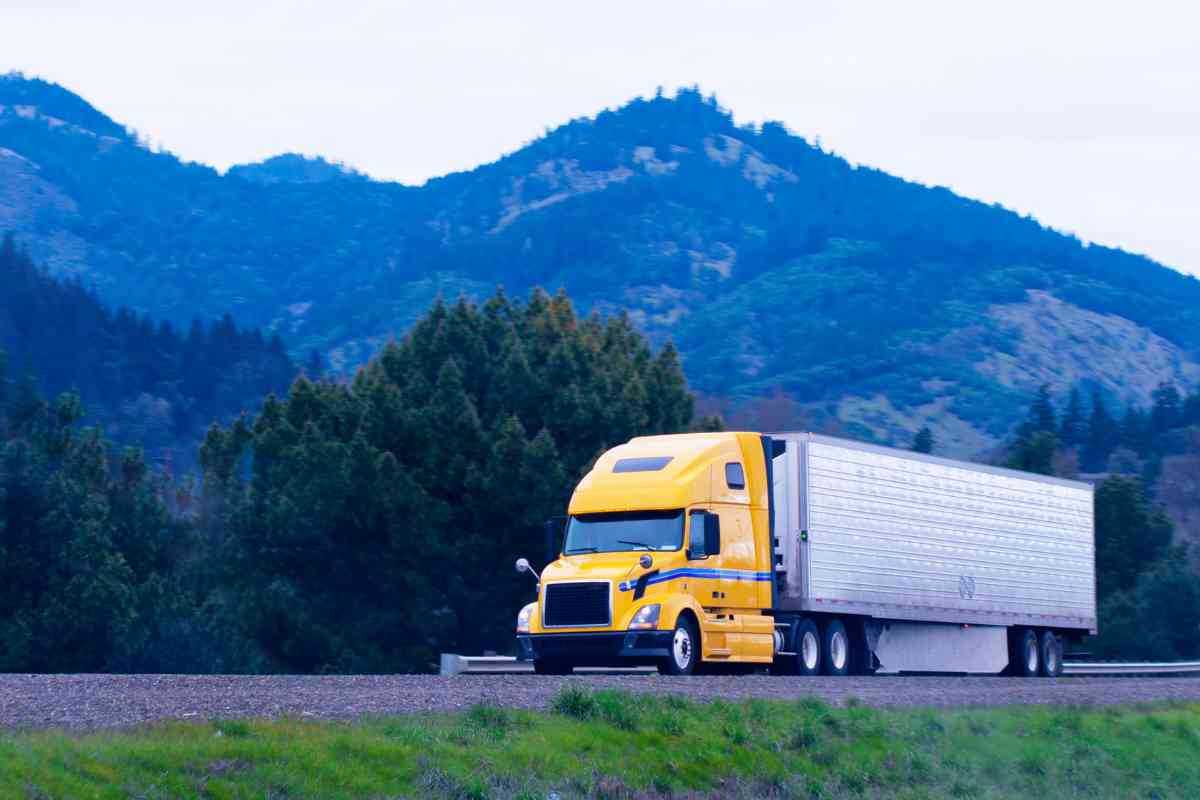Traction Control System Explained: Enhancing Vehicle Stability
The traction control system (TCS) is a critical component in contemporary vehicles, designed to enhance stability and control under challenging conditions. When navigating slippery roads or making tight turns, TCS identifies and mitigates wheel slip, ensuring your car maintains optimum traction and maneuverability. Integrated with safety features like electronic stability control, TCS significantly improves your driving safety and experience.

Related Post! All-Wheel Drive Systems Explained!
How Does Traction control Work?
Traction control systems (TCS) enhance vehicle safety by preventing wheelspin on slippery surfaces or during rapid acceleration. Utilizing sensors to monitor wheel speed, TCS applies brakes or reduces engine power to slipping wheels, ensuring optimal grip and stability. This technology is pivotal for maintaining control, especially under challenging driving conditions.
TCS utilizes an array of sensors and mechanisms to monitor wheel rotation, adjusting power and braking as needed to help maintain control. Over time, this technology has become increasingly sophisticated, offering different levels of intervention for various driving scenarios. Gaining an understanding of your car’s traction control system can increase your confidence as a driver, especially when facing difficult driving conditions or terrains.
Key Points
- TCS optimizes stability by preventing wheel slip.
- It leverages sensors to adjust power and braking dynamically.
- Familiarity with TCS can boost driving confidence.
Understanding Traction Control Systems
Grasping the basics of traction control systems is crucial for recognizing how modern vehicles ensure safety and consistent performance on the road.

Purpose and Mechanism
Traction control systems are pivotal in enhancing vehicle safety, designed to curb wheel spin during acceleration by automatically modulating brake force and engine power. This mechanism aims to preserve road grip, particularly under conditions prone to tire slip. Traction control is often integrated with a vehicle’s electronic stability control system, aiding in maintaining control while accelerating and during cornering maneuvers.
Evolution and Progress
The concept of traction control systems emerged in the 1970s, initially focusing on anti-lock braking systems (ABS) which served as the foundation for the advanced TCS available today. Through decades of technological advancements and improvements in computer-controlled sensors and vehicle electronics, TCS has evolved from an exclusive feature in premium vehicles to a standard safety inclusion in regular automobiles.
Related Post! Why Are My Traction Control Lights On?
Components of Traction Control Systems
Traction Control Systems (TCS) play a pivotal role in ensuring a vehicle’s stability and control by monitoring and adjusting wheel spin. Here’s a closer look at the essential components that make this possible.

Sensors and Measurements
The foundation of a vehicle’s TCS is its wheel-speed sensors, which track and compare the rotational speed of each wheel. If these sensors detect a difference in wheel speeds, indicating a possible loss of traction, they relay the data necessary for the system to take corrective action. This crucial function of sensors is elaborated upon in various guides on understanding traction control, highlighting their importance in vehicle stability.
Actuators
Actuators are the mechanical arms of the TCS, responsible for adjusting the braking force to individual wheels. Through electrohydraulic brake actuators, they can vary the pressure on each brake, ensuring optimal traction under different circumstances, such as during rapid acceleration or on slippery roads. Detailed explanations on actuators’ role in TCS can provide further insight into their contribution to maintaining control.
Control Module
The control module is the central processor of the TCS, interpreting sensor data and directing the actuators. This “brain” of the system makes immediate decisions to avert wheel slip by regulating engine power and applying brakes as needed. The dynamic between the control module, sensors, and actuators is crucial for a comprehensive understanding of how traction control systems function and when to utilize them.
Traction Control System Types
TCS are categorized based on their mechanism and the technology applied, aiding in vehicle stability.

Mechanical Traction Control
Mechanical systems, often found in older or certain performance vehicles, rely on physical components like limited-slip differentials (LSD) to distribute power across wheels. LSDs identify and correct the torque to the wheel with more grip when a discrepancy in wheel speed is detected due to traction loss.
Electronic Traction Control
Predominant in modern vehicles, electronic systems use wheel speed sensors to detect slippage and automatically adjust the vehicle’s power output or brake the slipping wheel to regain traction. These systems may reduce throttle, apply brake force, or adjust the ignition system of the impacted wheel, helping to maintain control.
Hybrid Systems
Hybrid TCS merge mechanical and electronic methodologies, utilizing both LSDs and electronic control units (ECU) for power distribution and braking. This combination offers the precision of electronic controls with the dependability of mechanical components, ensuring effective traction management under various driving conditions.
Related Post! When To Use Traction Control
How Traction Control Works
To enhance safety during driving, modern vehicles incorporate a feature known as traction control, significantly diminishing the likelihood of wheelspin under slippery conditions or during rapid acceleration.

Wheel-Slip Detection
This system vigilantly monitors the wheel speeds via sensors, quickly identifying when a wheel begins spinning faster than others—a sign of potential slippage. This early detection is pivotal, marking the initial step in averting control loss.
Corrective Measures
Upon detecting slippage, the system promptly initiates corrective measures. It may either curtail engine power to the slipping wheel or apply braking to it, akin to the operation of an anti-lock brake system (ABS), to restore traction and stability, aiding in safer acceleration and maneuverability on slick surfaces.
Advantages and Considerations
Understanding the traction control system reveals its importance in not only enhancing safety but also improving vehicle performance, albeit with some considerations to bear in mind.
Safety Enhancements
Traction control markedly lowers accident risks due to wheel spin. It automatically moderates power to slipping wheels on challenging surfaces, facilitating control maintenance. This feature is particularly crucial for avoiding control loss during abrupt accelerations or on bends.
Performance Improvement
Beyond safety, traction control also optimizes power delivery. By reducing unnecessary wheel spin, particularly during initial acceleration or at lower speeds, it ensures efficient motion translation from engine power, resulting in a smoother, more controlled drive.
Adaptation to Adverse Conditions
The system proves invaluable under adverse weather conditions like rain, snow, or ice, adjusting to varying grip levels to help maintain consistent forward movement. This is especially beneficial for vehicles without four-wheel drive, typically offering enhanced traction under such conditions.
Potential Limitations
However, traction control might not always be advantageous. In some scenarios, overly aggressive engine power reduction can impede progress in snow or mud. Additionally, the system could sustain damage from off-roading, potentially leading to expensive repairs.

Traction Control Across Vehicle Types
Traction control systems have adapted to meet the specific demands of different vehicle types, ensuring optimal traction and safety across various driving conditions and vehicle dynamics.
Passenger Cars
In passenger cars, traction control is crucial for stability maintenance, especially on slippery surfaces during acceleration. It manages wheel spin by fine-tuning throttle responses and applying brakes selectively to individual wheels, enhancing control during acceleration and cornering.
Motorcycles
For motorcycles, where stability is inherently challenging, traction control is essential. It adjusts engine power output to prevent wheel spin, a critical safety feature on wet or uneven roads.
Commercial Vehicles
In commercial vehicles like trucks and buses, traction control is key to safely transporting heavy loads over diverse road conditions. These systems are tailored to account for the heavier weight and different center of gravity, significantly influencing traction in comparison to lighter passenger vehicles.
Related Post! What Is Downhill Assist Control?
Traction Control System Regulations and Standards
Traction control systems (TCS) are subject to a comprehensive set of regulations and standards aimed at safeguarding safety and ensuring uniformity in vehicle performance. These guidelines are pivotal in reducing roadway risks.
International Standards
One such standard is ISO 26262, which targets the functional safety of electrical and electronic systems in production vehicles, including TCS. This standard outlines specific risk evaluations and design criteria to guarantee the system’s reliability under various scenarios. Compliance with such standards by manufacturers worldwide is crucial for diminishing accident risks related to traction loss.
Country-Specific Regulations
In the United States, the National Highway Traffic Safety Administration (NHTSA) mandates that certain vehicles be equipped with Electronic Stability Control (ESC), typically incorporating TCS functionalities. This regulation applies to truck tractors and buses based on gross vehicle weight ratings, promoting superior safety features during vehicle operation. Vehicle owners are responsible for ensuring their vehicle meets the traction control system regulations pertinent to their country.
The Future of Traction Control Systems
Anticipate an elevation in vehicle safety standards with advancements in traction control technology, promising enhanced stability.

Technological Developments
Future TCS will benefit from advanced sensor technologies, increasing the system’s precision and offering drivers a smoother, more secure ride. New strategies, such as engine-based input-output linearization, are expected to refine the system’s grip maintenance capabilities on complex terrains.
Integration with Other Safety Mechanisms
The next generation of traction control will see further sophistication through its integration with systems like electronic stability control (ESC). This concerted approach aims to provide a holistic safety experience, enabling vehicles to proactively adapt to slick surfaces for improved maneuverability and cornering safety.
User Interaction and Interface
Understanding how to monitor and engage with your vehicle’s TCS is essential for maximizing its benefits.
Dashboard Indicators and Alerts
Upon ignition, the TCS indicator will perform a self-check by lighting up momentarily. A continuously illuminated light signals a system issue, while a flashing light indicates the TCS is actively working to maintain traction.
Driver Controls and Customization
Vehicles often offer the option to modify TCS settings, usually through dashboard buttons or steering wheel switches. This feature allows drivers to customize TCS activation according to their driving preferences and current road conditions, enhancing the driving experience and safety.
